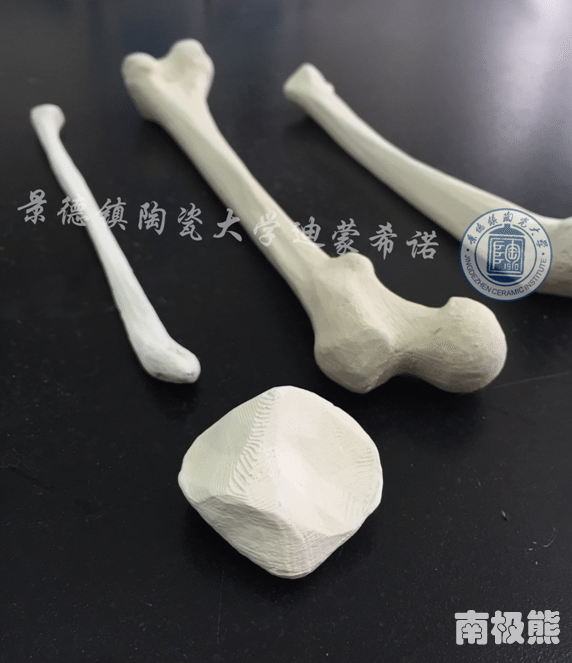

The main reason is that the head is moving slower, and the part cooling fans are now on. You should notice much better results this time around. Switch to FINE settings, then try the print again. This heat comes from the bed, hot end, or a combination of both elements. This is a direct effect of too much heat being applied throughout the bottom of the part. In the image above, you can see that the hull of the benchy is deformed and warped. The side walls are uneven, the bottom of the part looks melted and deformed, and the layers throughout the part look messy. This image shows what happens when the wrong settings are chosen for a small part. There is much that can be done to improve the print before starting the job again. The hull of the boat will be deformed and the part will not look sharp on the corners. The part will most likely look ok, but could be much better. Save the gcode on to a USB drive, then insert the drive into your printer and print the Benchy GCODE file. In stark contrast to large parts, small parts need to have some ventilation to prevent deformation.

For small parts, we want as little heat build up as possible.īy removing the top cover, heat can escape easily from the top of the printer, keeping the chamber cooler around the part. You will also want to remove the top cover of the printer and leave the front door open to allow heat to escape. Make sure the chamber heat and support material is turned off. Import the model into APEX and select the Standard print setting for ABS material.

This file works well to test printing small parts due to its many different print features that make up the model. Thing #763622, or the 3DBenchy stl file on Thingiverse is a great model to use in order to dial-in small parts.
Ozzle print download#
Deformation and melted-looking parts are common issues for these types of prints.įirst, download the 3DBenchy model found here: Thingiverse part # 763622. Small parts can be troublesome due to the small area where heat is radiated from the hot end.


 0 kommentar(er)
0 kommentar(er)
